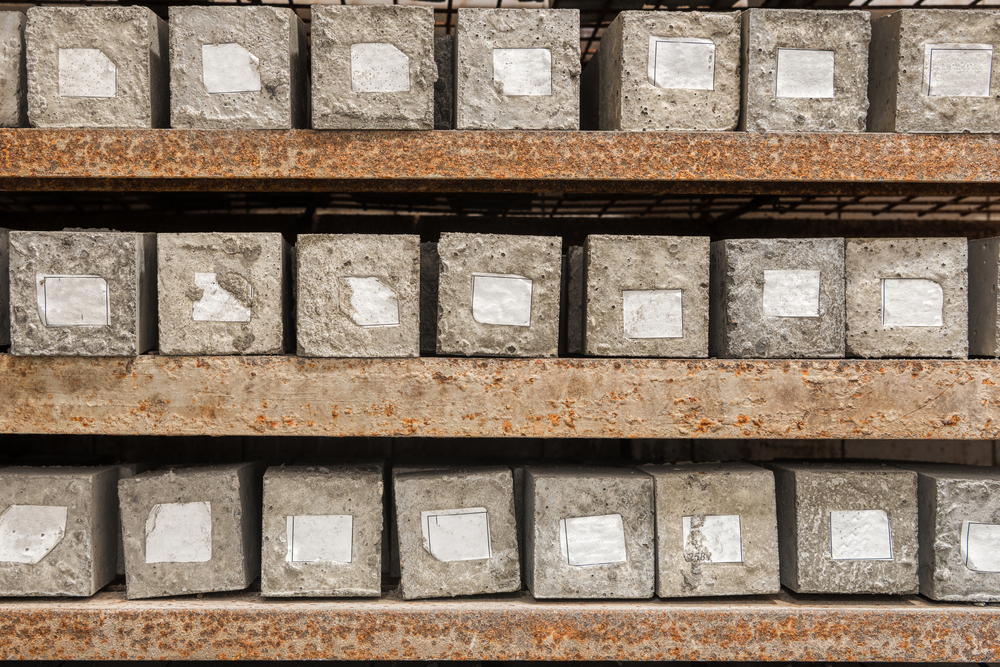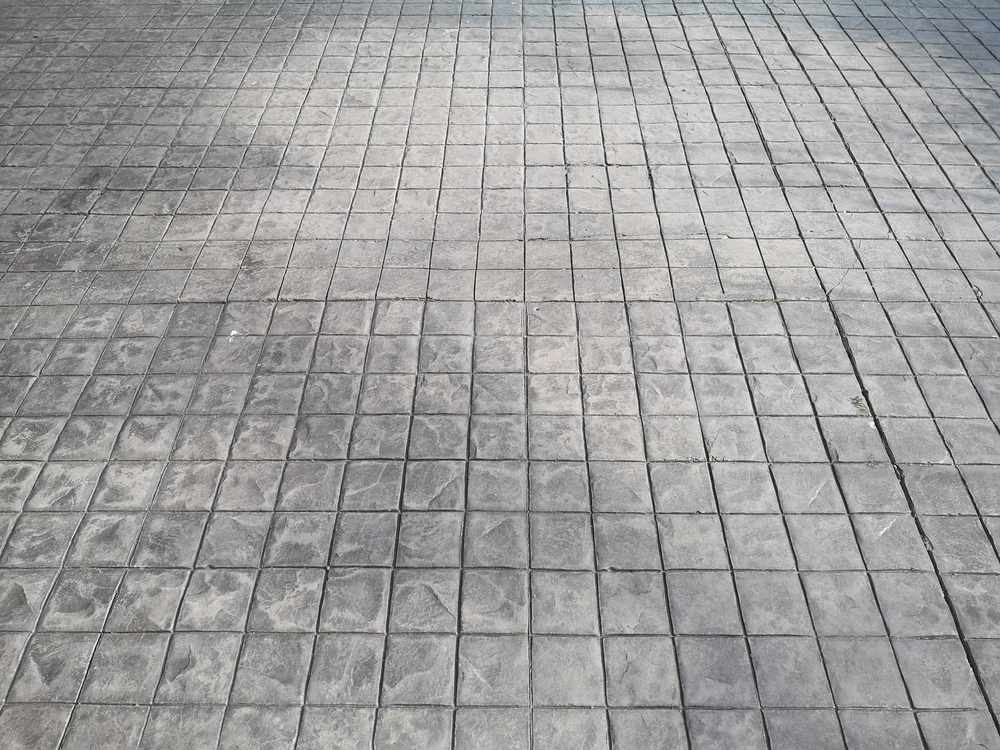Concrete is one of the most reliable flooring materials, but even the most difficult concrete can struggle over time. Heavy legs, vehicle movement, use of machines and exposure to Australian climate can cause dust, surface erosion and loss of strength. This is the place where concrete Hardener helps to make the floor more durable, long lasting and easier to maintain.
What Is a Concrete Hardener?
A concrete hardener is a liquid or powder product applied to a fine or fresh concrete to increase the stiffness, density and durability of the surface. It works by penetrating concrete pores and reacting chemically with free lime to make calcium silicate (C-S-H) responsible for concrete strength.
Hardeners help:
- Reduce dusting caused by surface wear.
- Increase abrasion resistance for high-traffic areas.
- Improve stain and chemical resistance in industrial environments.
- Extend the lifespan of concrete floors.
Why Are Concrete Hardeners Important in Australia?
Australian conditions can be strict on concrete. Acute UV exposure, extensive temperature races and downs, and different moisture can accelerate wear factors. In industrial and commercial places that make, emphasizes shopping malls and trolleys, forklifts and vehicles in factories.
Benefits in Australian settings include:
- Protection against dusting in dry, dusty environments.
- Reduced maintenance for large commercial floors.
- Better performance in coastal areas where salt exposure is an issue.
- Increased longevity, saving money on early replacements or resurfacing.
Types of Concrete Hardeners
Before using the concrete hardener, it is important to choose the right type for your project:
- Sodium Silicate Hardeners
- The most common and affordable type.
- Good for basic dust-proofing and moderate traffic.
- Suitable for warehouses, garages, and light industrial floors.
- Potassium Silicate Hardeners
- Better penetration than sodium silicates.
- Works well for dense concrete surfaces.
- Lithium Silicate Hardeners
- Superior penetration and durability.
- Lower risk of surface crazing.
- Excellent for polished concrete floors and high-traffic commercial use.
- Magnesium Fluorosilicate
- Often used for industrial floors requiring extreme abrasion resistance.
- Hybrid Silicate-Polymer Hardeners
- Combine chemical densification with a surface seal for dual protection.
Step-by-Step Guide: How to Use Concrete Hardener for Long-Lasting Floors
The application process will vary depending on the type of Hardener, but here is a regular step-by-step method for most liquid silicate-based products used in Australia.
- Prepare the surface
Preparation is important for good penetration.
- Clean the floor thoroughly to remove dust, dirt, grease and coating.
- Use a floor scrubber or pressure sinks for large areas.
- Repair of cracks or damaged areas before application.
- If the floor is first sealed, strip the old victories to make sure you can enter the hardener.
- Check the Concrete’s Condition
- Most hardeners are applied to cured concrete usually after 7–28 days, depending on the product.
- Some lithium -based products can be implemented first.
- Make sure the surface is dry until the product does not allow moist application.
- Apply the Hardener
Tools Needed: Low pressure syringes, MOFT broks or microfiber mop.
- Insert the hardness in a syringe and use it evenly on the floor.
- Keep the surface wet with the product for 15-30 minutes.
- Use a broom or mop to work in the surface, ensure even entry.
- Avoid puddle can make it unevenly strict.
- Allow the Reaction to Occur
Concrete hardeners need time to chemically react.
- For silicate-based hardmen, reaction can take 1-2 hours.
- Avoid rinsing until the product is instructed by the manufacturer.
- Some products require a different application for maximum power, especially on a porous concrete.
- Remove and rinse the remains
- If the hardener leaves a white or sticky residue, rinse the floor with clean water and scrub easily.
- For large projects, use an Auto scrub to speed cleaning.
- Treat and protect the floor
- Let the floor dry completely before heavy use, usually 24-48 hours.
- For Polish concrete, you can start the polishing process after treatment.
- Avoid using acidic detergent the first week after application, as the chemical reaction still strengthens the surface.

Maintenance Tips for Long-Lasting Floors
Using a concrete hardener is just the beginning – specific maintenance ensures that it performs for years.
- Regular Cleaning
- sweep or vacuum daily in high traffic regions.
- MOP with pH neutral detergent to prevent surface damage.
- Avoid Harsh Chemicals
- Sour or strong alkaline cleaner can damage the stiff surface.
- Periodic Inspections
- Look for signs of wear, cracks, or staining.
- Reapply the hardener in worn areas if needed.
- Use Mats in Entryways
- This reduces grit and dirt brought inside, which can scratch the surface.
Common Mistakes to Avoid
- Applying on sealed concrete – Hardeners must get into the pores to work.
- Skipping surface preparation – Dirt and grease will block penetration.
- Not keeping the surface wet long enough – Insufficient reaction time reduces effectiveness.
- Using the wrong product for the job – Match the hardener type to your traffic and environmental needs.
Cost Considerations in Australia
The cost of applying a concrete hardener varies based on:
- Product type – sodium silicate is cheaper, while lithium silicates cost higher, but last longer.
- Project size – large areas benefit from bulk prices.
- Labor – Professional application ensures frequent results, especially for commercial places.
On average, Australian prices range from $ 3 to $ 7 per square meter for supply and application based on product and complexity.
Final Thoughts
Concrete Hardener is an investment in the lifetime and performance of the floor. In the challenging environment in Australia, where the floors meet everything from burning sun to heavy machines using the right hardener, it can mean the difference between a floor that lasts for 5 years and one that lasts up to 20.
By choosing the right type of concrete hardener, preparing the surface correctly, and following the correct application process, you can create a dense, more durable and more flexible floor that is against dust, wear and weathering.

